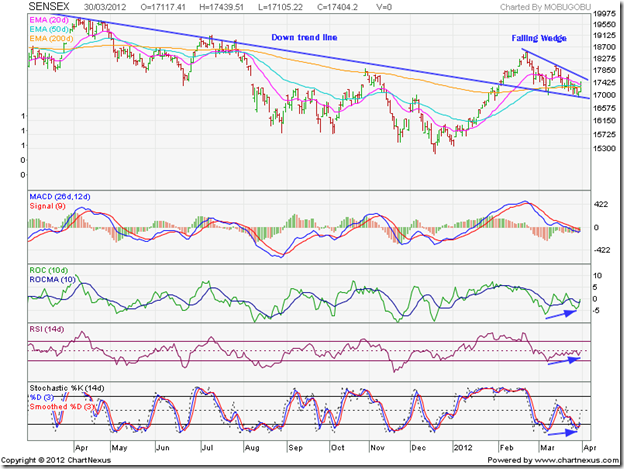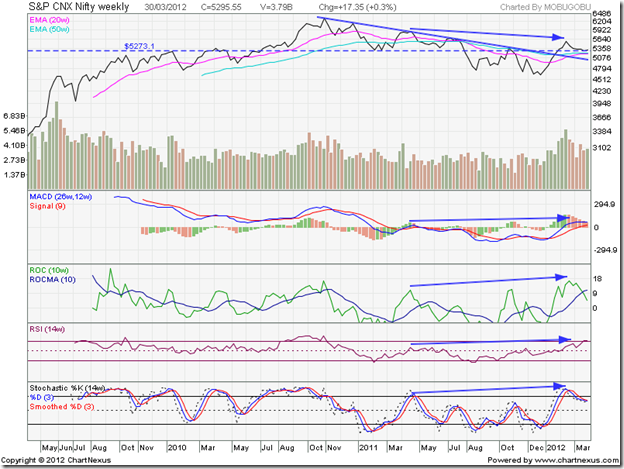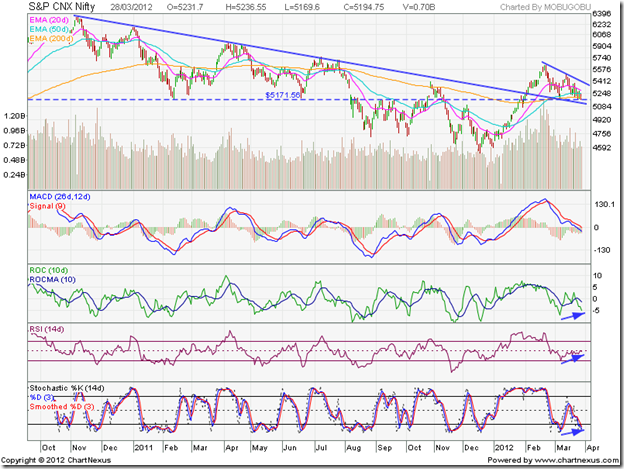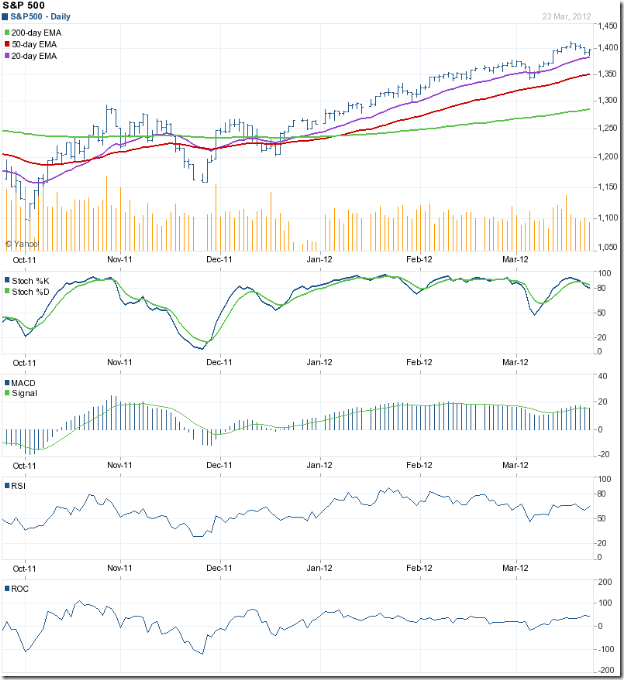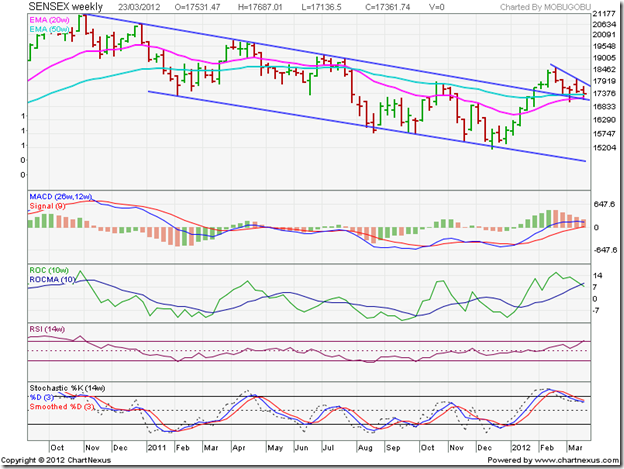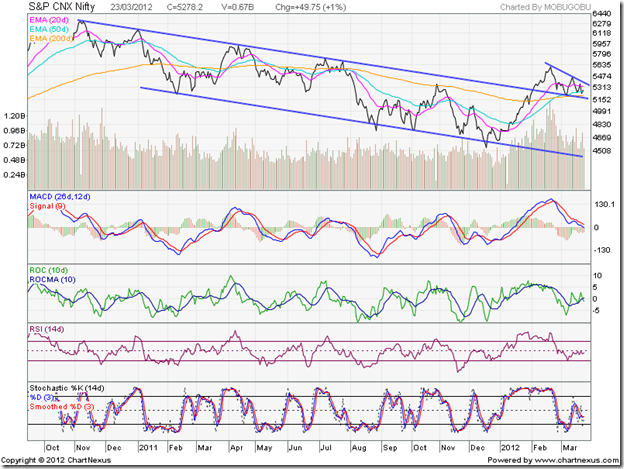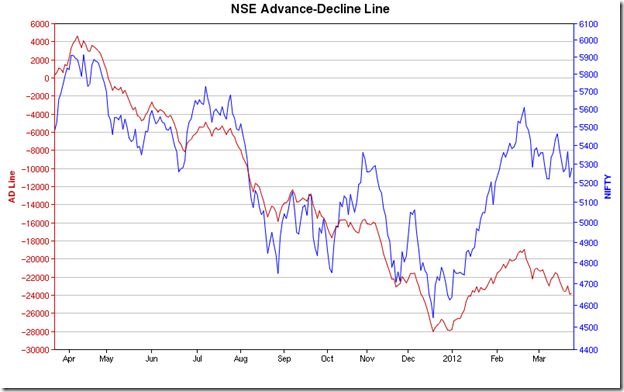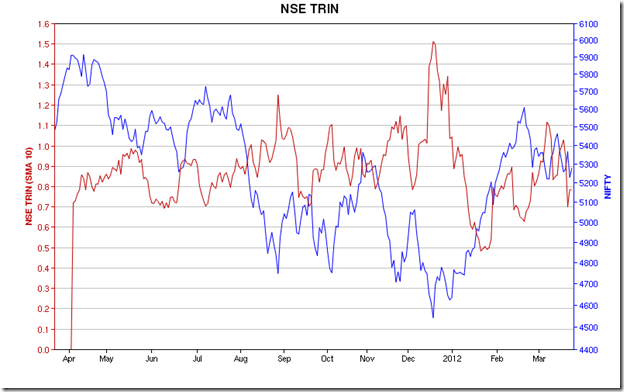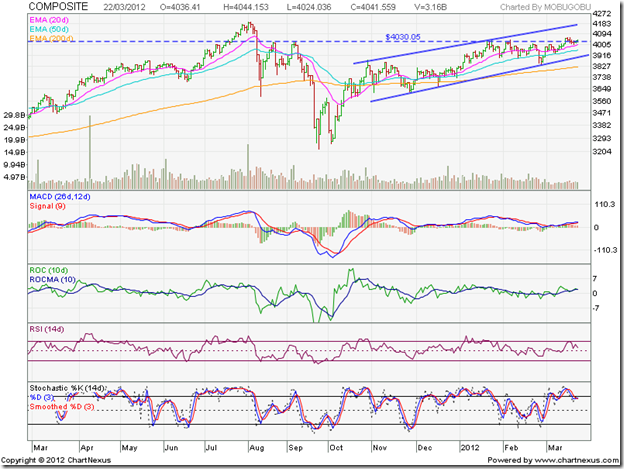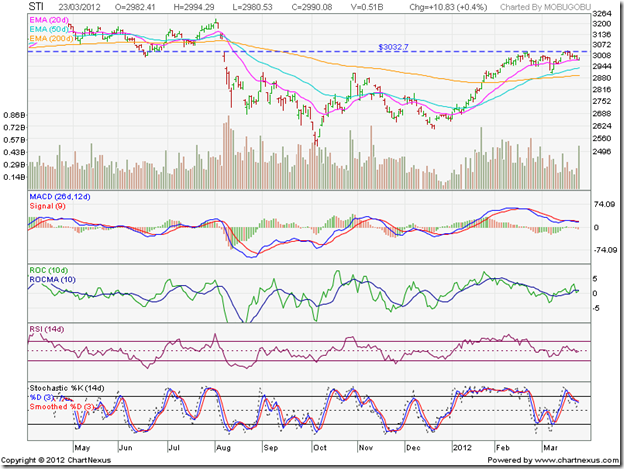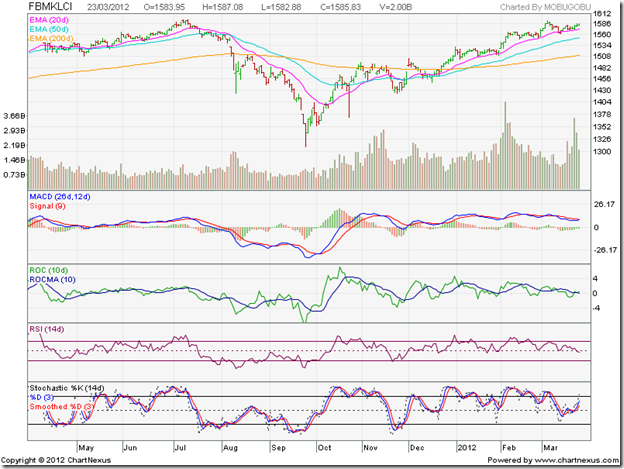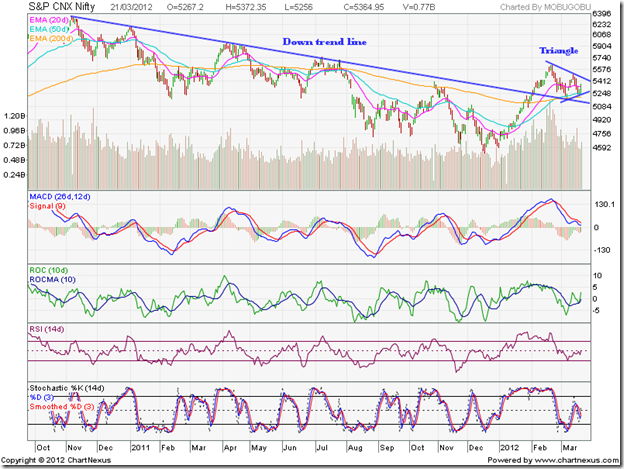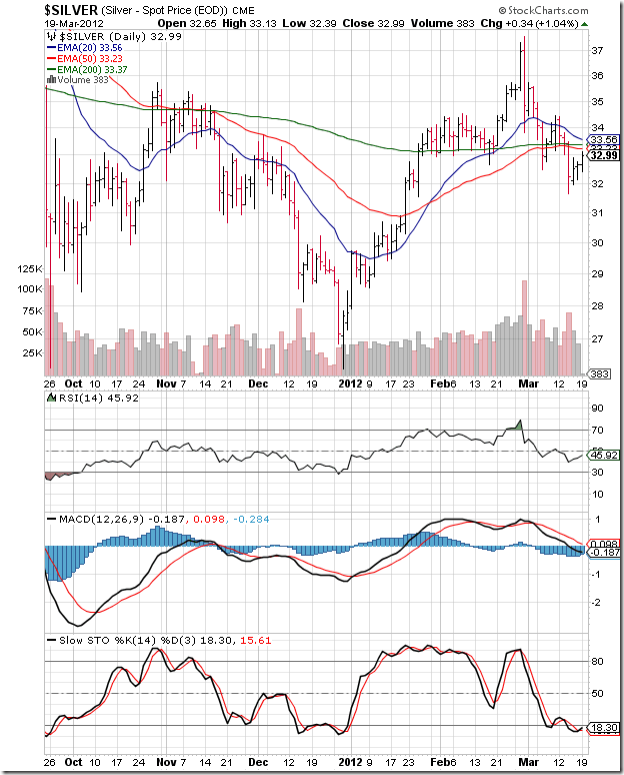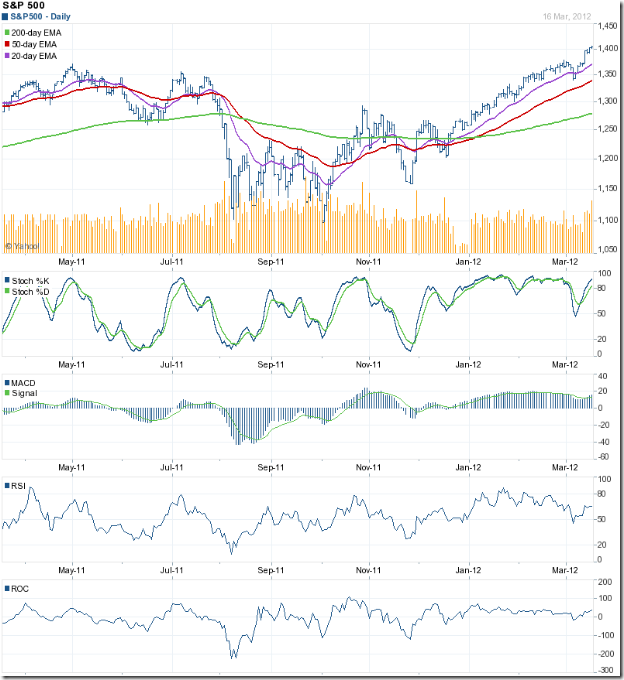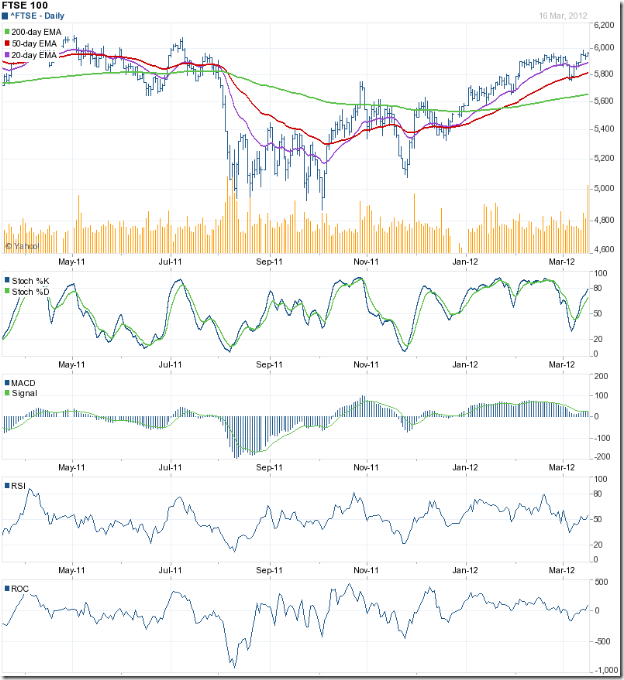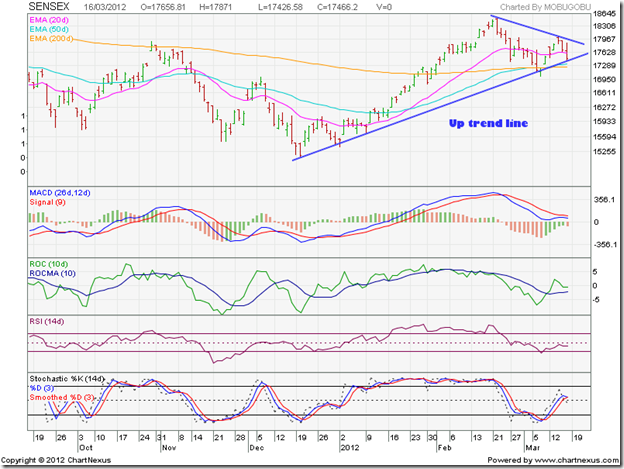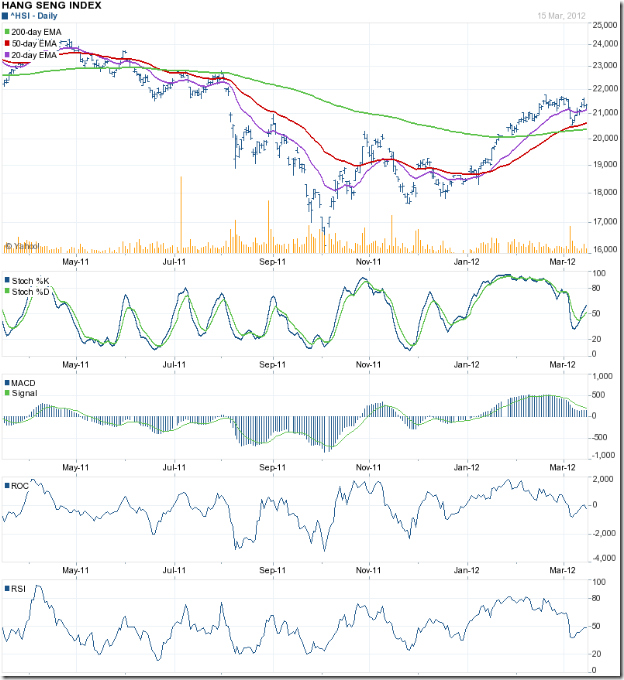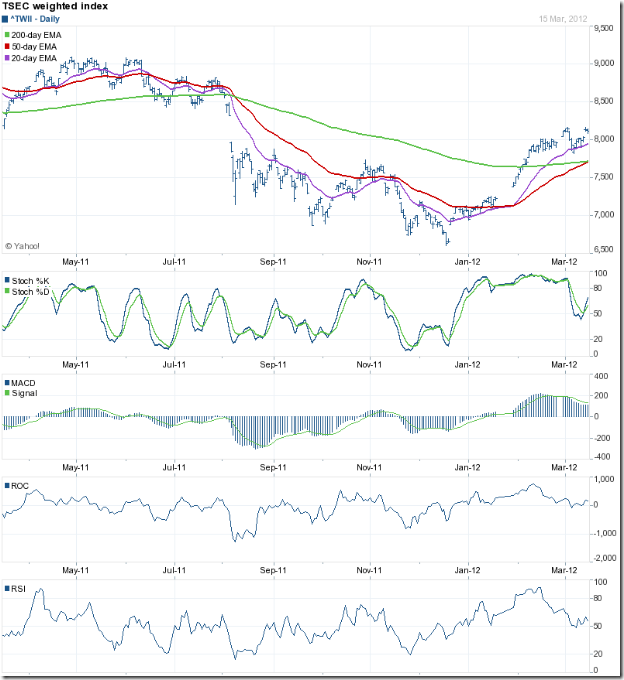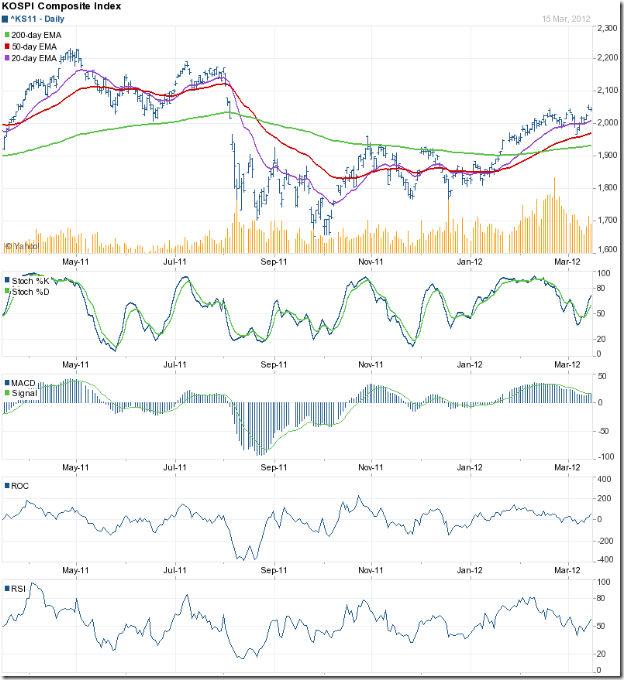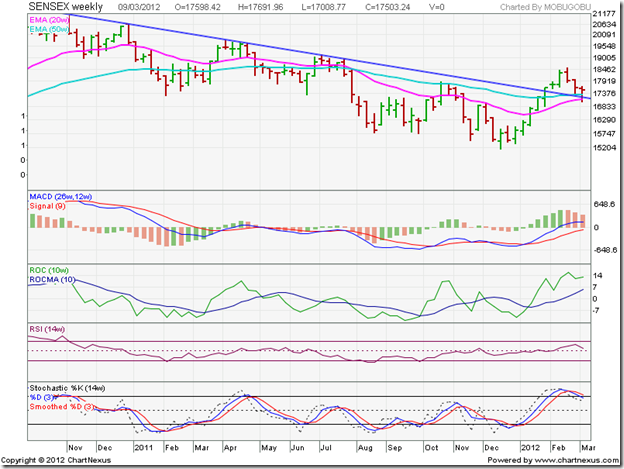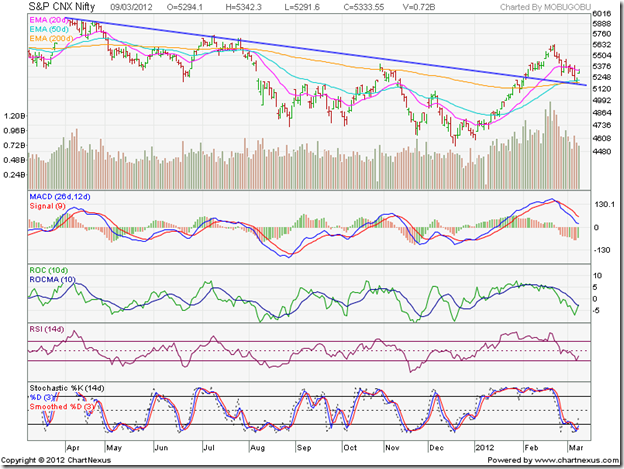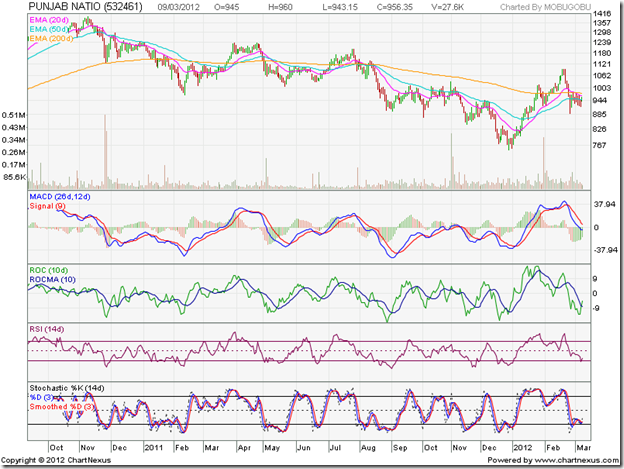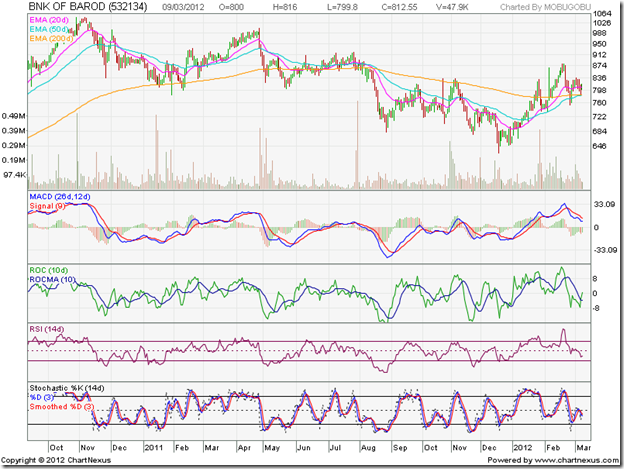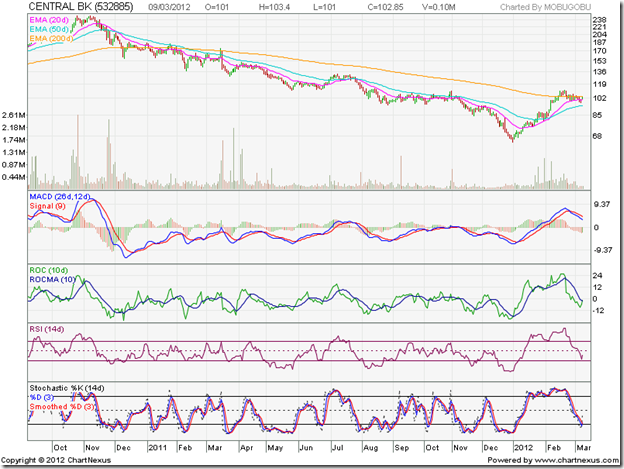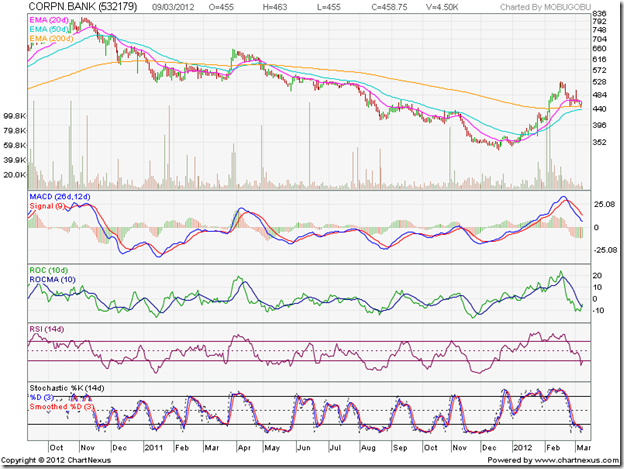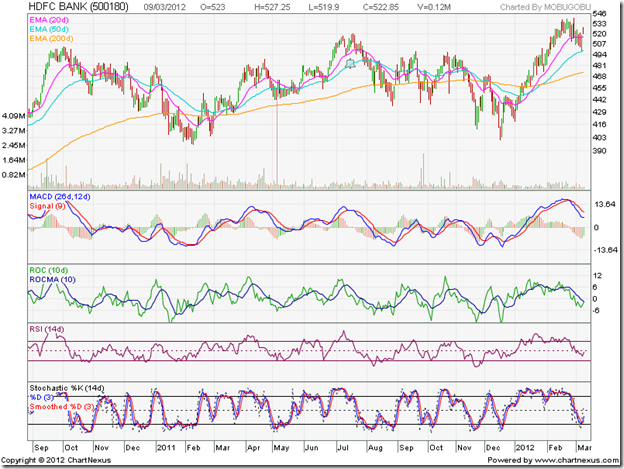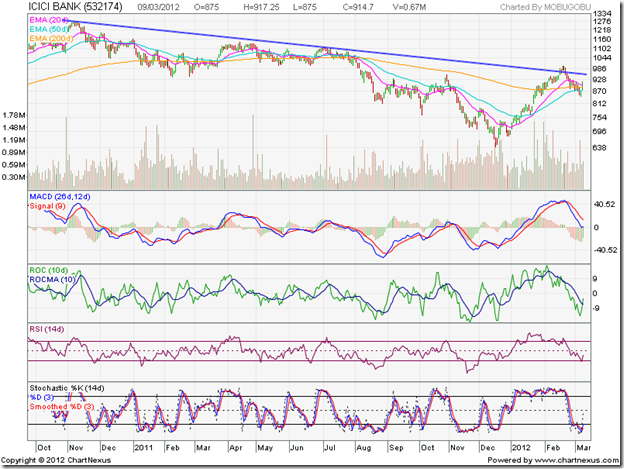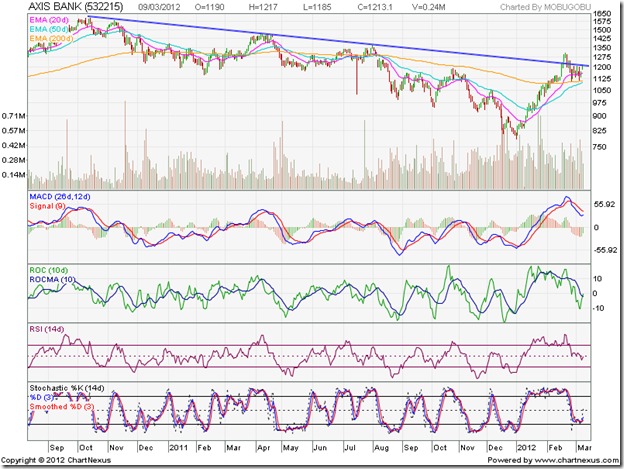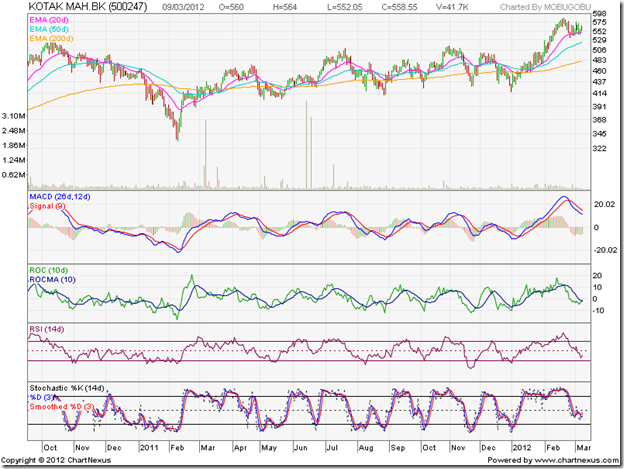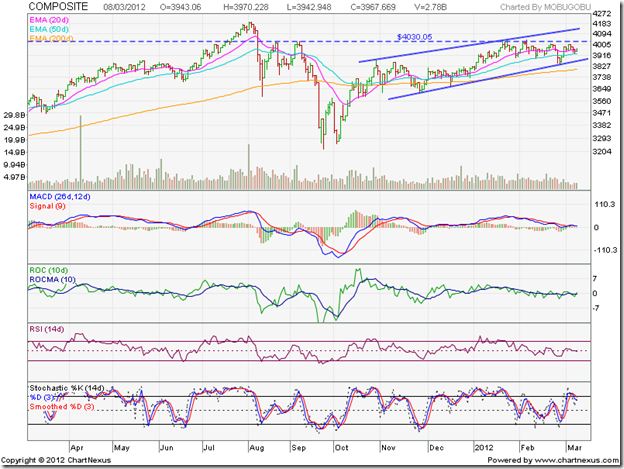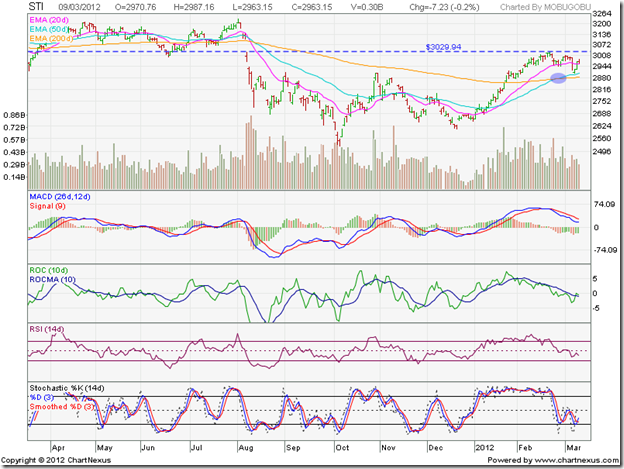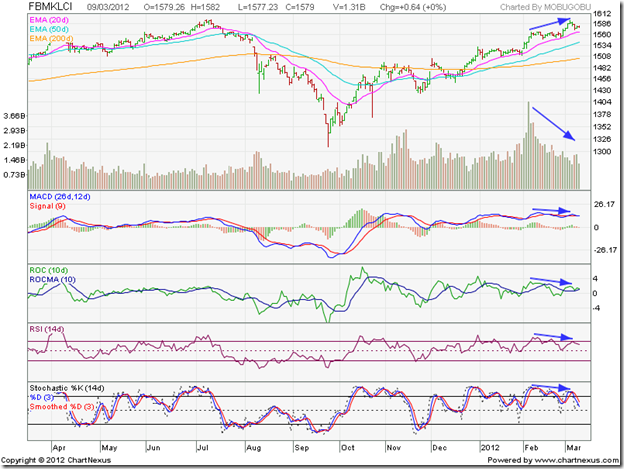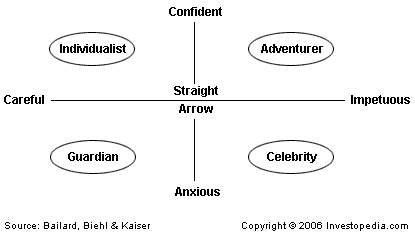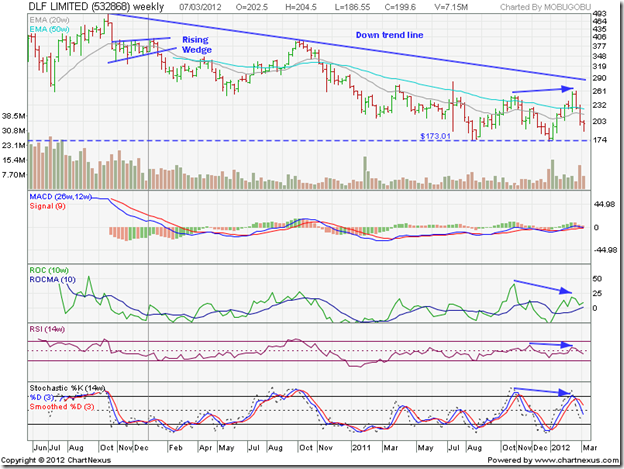There are two kinds of people in this world – those who think, and those who do. Most people have a strong urge to do something – specially when it comes to investments – without any thinking beforehand. Better sense prevails after losing a lot of money. Then they move to the opposite end of the spectrum by thinking way too much and not doing enough. Rare is the person who displays an appropriate mix of thinking and doing.
In this month’s guest post, KKP shares an interesting article and his insights about how to be successful in your endeavours through a combination of strategic thinking and decision making.
-------------------------------------------------------------------------------------------------------------
True Strategic Thinking
You're the boss of your own life and family, but you still spend too much time on the day-to-day mundane activities. Strategic Thinking is something I learned in my 20’s and am still learning. What is the opposite of Strategic Thinking? “Tactical Thinking” or simply “Implementation”. I have come across many personalities in my life, and there are great minds that are Strategic Thinkers and then there are great people who are Executors or Action Takers. It is the mix of both of these qualities that makes one ‘truly’ successful. Generally speaking, I find more ‘executor or action takers’ than strategic thinkers.
In my mind, strategic thinking is to constantly evaluate the ‘big picture’ so that results can be dramatically improved or risks can be dramatically reduced. As an investor, this means allocating some of your assets to a ‘strategy’ that has a higher probability of success. You might ask: What is it? Well, strategizing is to hunt for methods that are above and beyond your current capacity to think, or outside of your comfort zone, such as Selling Puts and Selling Calls to add to an income stream. If you are a trader, this might mean allocating some of your assets to a ‘strategy’ employed by investors that has a lower probability of failure. Again, you might ask: What is it? Again, strategizing might mean looking into Value Cost Averaging as a method to not trade out of a stock, but to continue to invest in it as the stock moves up. Strategizing is ensuring that something fits into the big picture well, can be executed correctly, and ensuring that it will improve the bottom line results (increase probability of success/gains, and/or reduce probability of failure/losses).
So, this month, I am dedicating my write-up to something that will really help you on your long road to success in life.
****************************************************************************
Strategic Thinking from inc.com Magazine:
In the beginning, there was just you and your partners. You did every job. You coded, you met with investors, you emptied the trash and phoned in the midnight pizza. Now you have others to do all that and it's time for you to "be strategic." Whatever that means.
If you find yourself resisting "being strategic," because it sounds like a fast track to irrelevance, or vaguely like an excuse to slack off, you're not alone. Every leader's temptation is to deal with what's directly in front, because it always seems more urgent and concrete. Unfortunately, if you do that, you put your company at risk. While you concentrate on steering around potholes, you'll miss windfall opportunities, not to mention any signals that the road you're on is leading off a cliff.
This is a tough job, make no mistake. "We need strategic leaders!” is a pretty constant refrain at every company, large and small. One reason the job is so tough: no one really understands what it entails. It's hard to be a strategic leader if you don't know what strategic leaders are supposed to do.
After two decades of advising organizations large and small, my colleagues and I have formed a clear idea of what's required of you in this role. Adaptive strategic leaders — the kind who thrive in today’s uncertain environment – do six things well:
Anticipate
Most of the focus at most companies is on what’s directly ahead. The leaders lack “peripheral vision.” This can leave your company vulnerable to rivals who detect and act on ambiguous signals. To anticipate well, you must:
- Look for game-changing information at the periphery of your industry
- Search beyond the current boundaries of your business
- Build wide external networks to help you scan the horizon better
Think Critically
“Conventional wisdom” opens you to fewer raised eyebrows and second guessing. But if you swallow every management fad, herdlike belief, and safe opinion at face value, your company loses all competitive advantage. Critical thinkers question everything. To master this skill you must force yourself to:
- Reframe problems to get to the bottom of things, in terms of root causes
- Challenge current beliefs and mindsets, including your own
- Uncover hypocrisy, manipulation, and bias in organizational decisions
Interpret
Ambiguity is unsettling. Faced with it, the temptation is to reach for a fast (and potentially wrongheaded) solution. A good strategic leader holds steady, synthesizing information from many sources before developing a viewpoint. To get good at this, you have to:
- Seek patterns in multiple sources of data
- Encourage others to do the same
- Question prevailing assumptions and test multiple hypotheses simultaneously
Decide
Many leaders fall prey to “analysis paralysis.” You have to develop processes and enforce them, so that you arrive at a “good enough” position. To do that well, you have to:
- Carefully frame the decision to get to the crux of the matter
- Balance speed, rigor, quality and agility. Leave perfection to higher powers
- Take a stand even with incomplete information and amid diverse views
Align
Total consensus is rare. A strategic leader must foster open dialogue, build trust and engage key stakeholders, especially when views diverge. To pull that off, you need to:
- Understand what drives other people's agendas, including what remains hidden
- Bring tough issues to the surface, even when it's uncomfortable
- Assess risk tolerance and follow through to build the necessary support
Learn
As your company grows, honest feedback is harder and harder to come by. You have to do what you can to keep it coming. This is crucial because success and failure - especially failure - are valuable sources of organizational learning. Here's what you need to do:
- Encourage and exemplify honest, rigorous debriefs to extract lessons
- Shift course quickly if you realize you're off track
- Celebrate both success and (well-intentioned) failures that provide insight
Do you have what it takes?
Obviously, this is a daunting list of tasks, and frankly, no one is born a black belt in all these different skills. But they can be taught and whatever gaps exist in your skill set can be filled in. I'll cover each of the aspects of strategic leadership in more detail in future columns. But for now, test your own strategic aptitude (or your trading mind or your company's) with the survey at www.decisionstrat.com.
Paul J. H. Schoemaker: Founder and Chairman, Decision Strategies Intl. Speaker, professor, and entrepreneur. Research Director, Mack Ctr for Technological Innovation at Wharton, where he teaches strategic decision-making. Latest book: Brilliant Mistakes
-------------------------------------------------------------------------------------------------------------
KKP (Kiran Patel) is a long time investor in the US, investing in US, Indian and Chinese markets for the last 25 years. Investing is a passion, and most recently he has ventured into real estate in the US and also a bit in India. Running user groups, teaching kids at local high school, moderating a group in the US and running Investment Clubs are his current hobbies. He also works full time for a Fortune 100 corporation.
